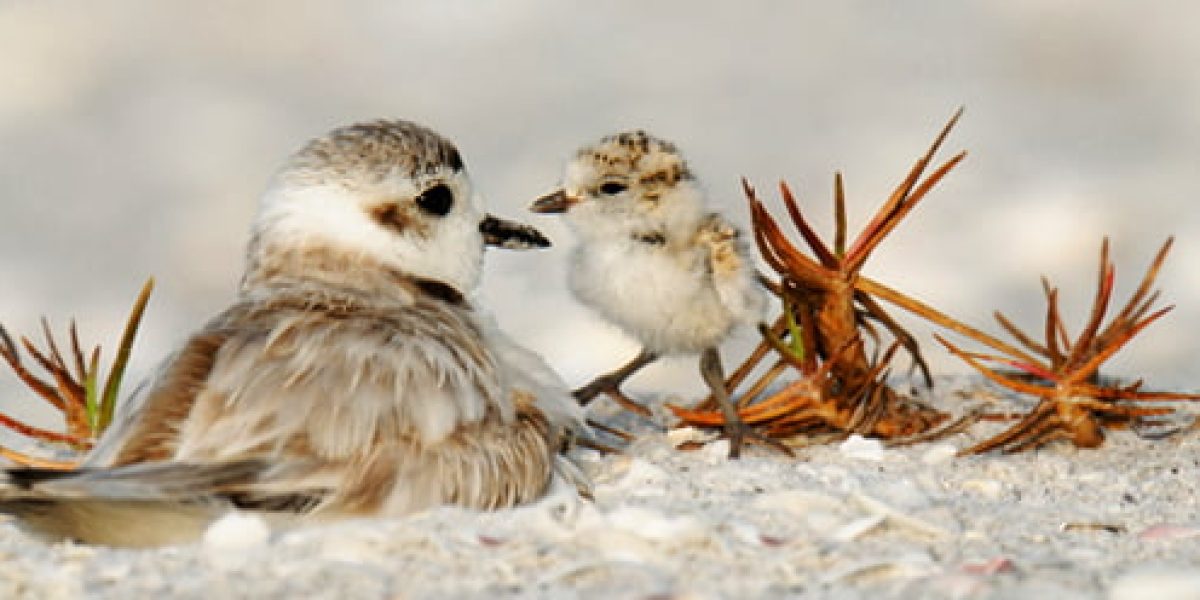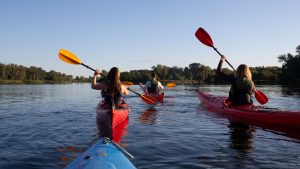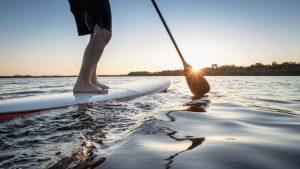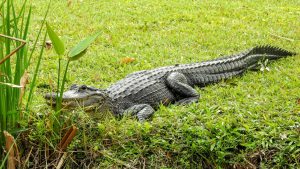The 1616 acres of Lover’s Key State Park consists of four barrier islands. This park was slated for development during the late 1950s, but fortunately it was kept in its pristine condition and today offers many exciting things to do such as biking and hiking trails or canoe & kayak rentals. The islands were only accessible by boat early on, but now drivers can cross on a well-maintained road to access the park. When visiting the park, pay particular attention to the various species of birds.
While enjoying the park from the water, watch for the osprey diving to catch fish near the water’s surface. These birds often first spot their prey when they are over 100 feet above the water. Once spotted, these raptors then plunge feet first into the water to capture their prey. If you examine these birds carefully, you discover how their bodies are perfect for catching and eating fish. They have reversible outer toes that help them hold their catch better and backwards-facing scales on the talons that act as barbs. Diving in the waters off Lover’s Key State Park is possible because of they can close their nostrils to keep the water out.
Guests can also catch a glimpse of the nation’s bird, the bald eagle, high in the trees at the park. Look carefully and you will see that these birds have a lot of feathers. In fact, their feathers weigh twice as much of their skeletons. What you won’t see, however, is that these bird’s bones are completely hollow.
Another type of bird that you can see when you visit the park are plovers. Snowy plovers often use the sandy shores of the park to lay their eggs. That is why sometimes the park rangers find it necessary to close some of our beaches while the moms sit on their nests. The second type of plover that is occasionally seen at the park is the piping plover. These birds look very similar to their snowy relatives but are highly threatened. Like their cousins, the beaches may be closed at times so that these highly endangered birds can have their young.
Another type of bird that visitors to the park often see is the least terns. If you visit the park during February and March, you may see these small birds going through their elaborate courting ritual throughout the park. Then in April, they lay their eggs on the park’s sandy shores.
These birds and others found at Lover’s Key State Park make it a beautiful place to have a school field trip or a guided standup paddle board or kayak tour. In addition to seeing the birds, you’ll learn more about marine animals that live nearby. Many groups of Girl Scouts and Boy Scouts also come visit Lovers Key State Park to work on various merit badges.
Photo Credit: Hugh J McLaughlin
Lovers Key Adventures
8700 Estero Blvd,
Fort Myers Beach, FL 33931
239-765-7788







